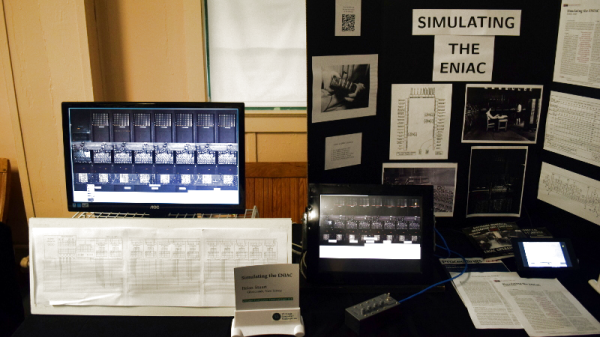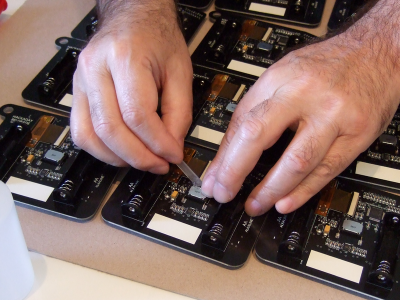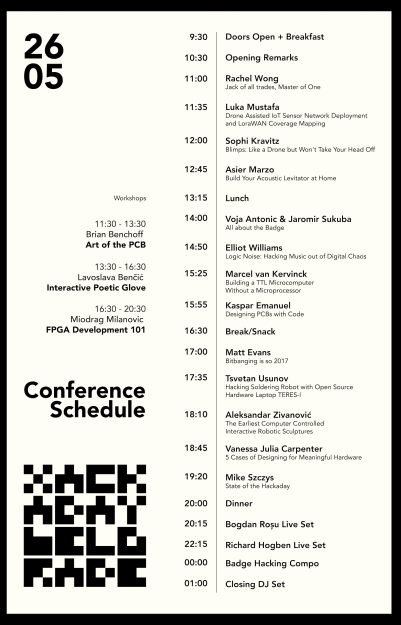Youtuber and rubber band enthusiast [JoergSprave] is a big fan of Star Wars, and he loved the look of the blaster that Han Solo gave to Rey. He’d seen a few replicas of Rey NN-14 gun, but hadn’t seen any that actually fired anything, so he set out to make one that did.
The build itself is from plywood, with a paint job to make it look like an old blaster. What makes the build really cool is the bullets used: glow sticks! [Joerg] created space in the magazine for three glow sticks, so you’ve got a couple of shots before you have to reload. Crack ’em, load them up and then fire away!
The glow sticks give the blaster fire a great look (especially in the dark!) and it’s really easy to find the shots after you’ve fired them. We’ve featured [Joerg]’s builds a few times on the site, and his build videos are a lot of fun. Check out his compressed air crossbow bolt gatling gun, or his machete shooting slingshot.
Continue reading “Rey’s Blaster Shoots Glow-in-the-Dark Bullets”























